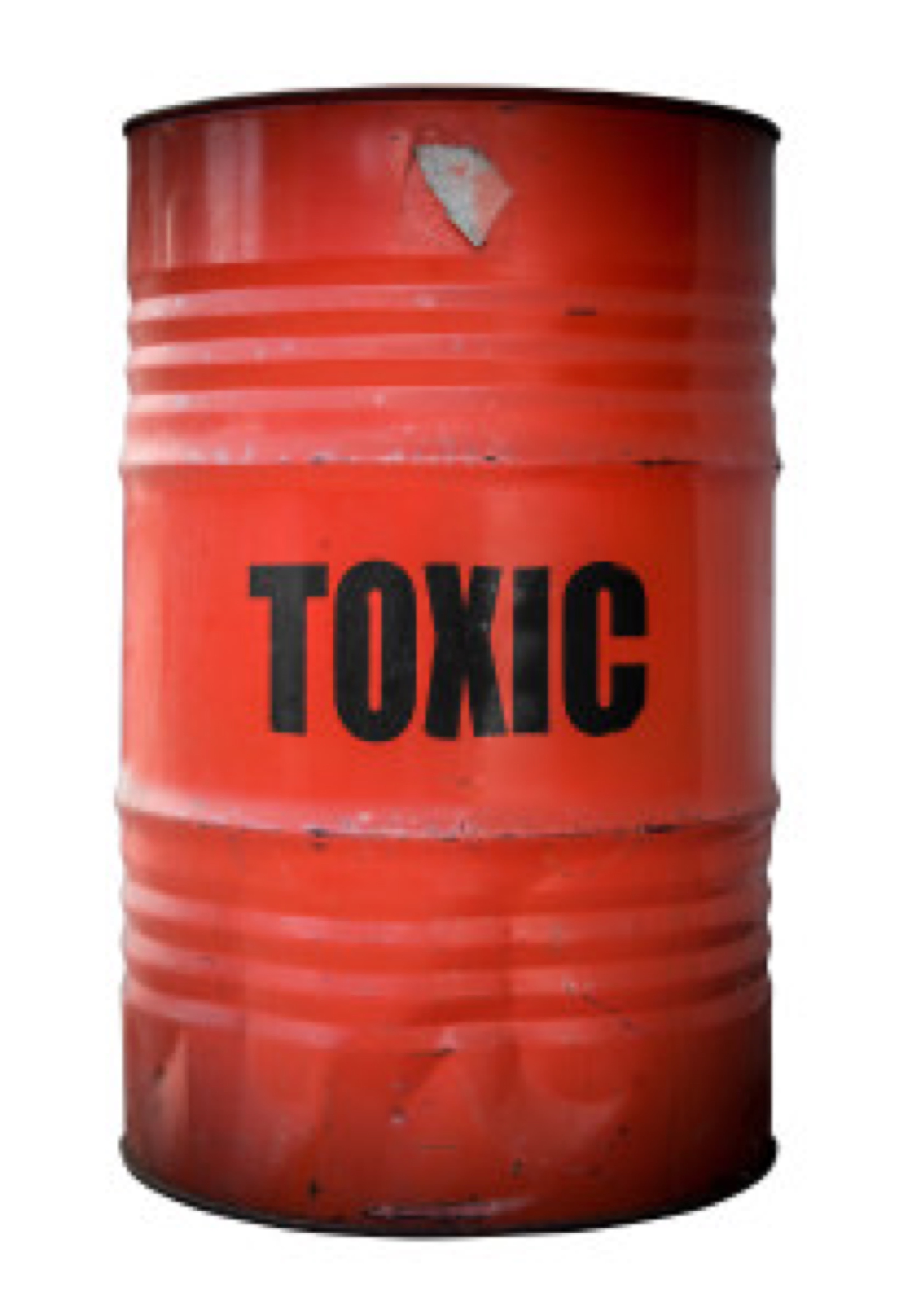The Dangers Of Everyday Use Of Solvents & Resins
 A Grunge Red Barrel Or Drum Filled With Toxic Waste
A Grunge Red Barrel Or Drum Filled With Toxic Waste
When we use, or are exposed to, many different substances every day, we can forget how dangerous they can be. Solvents and resins are two such items that are in common use in the work place or at home.
What are solvents and resins?
A solvent can generally be described as a liquid that is used to dissolve another substance. Although solvents can be used safely, health problems can result from skin contact with solvents or from inhalation of their vapors. In addition, many solvent vapors are flammable and explosive. A resin is a natural or synthetic compound which begins in a highly viscous state and hardens with treatment. Typically, resin is soluble in alcohol, but not in water. There are a number of different classes of resin, depending on exact chemical composition and potential uses. There are numerous applications for resins, ranging from art to polymer production, and many consumers interact with products which contain resin on a daily basis.What are the dangers of these two substances?
One of the most common health hazards associated with exposure to solvents is dermatitis or eczema with contact dermatitis developing from just a single exposure or after multiple exposures. It can leave the skin susceptible to a short-term infection or to a chronic condition. Exposure can also result in sensitization to the solvent, which is a delayed allergic reaction that often becomes more severe with subsequent exposures and can lead to a lifelong chronic condition. Solvents can cause trouble before you realize what’s happening. Depending on the type and concentration of the solvent, exposure effects can range from mild respiratory irritation to severe damage to body organs and systems. In extreme cases, overexposure to solvent vapors can cause respiratory failure and death. If you really have to work with solvents, it’s important to know what solvents are being used and what steps should be taken to protect against harmful or dangerous exposures. Protect yourself with these suggestions.- Know what solvents you’re working with.
- Read the labels and the material safety data sheets of the solvents, listing the hazards, health effects and safe handling procedures.
- Make sure the work space is properly ventilated.
- Use recommended gloves, eye and face protection, boots, other protective clothing or barrier creams as required.
- If respiratory equipment is used, make sure it gives appropriate protection for the exposure.
- Take care when pouring solvents from one container to another, as fire or explosions can occur from static electricity build up.
- Clean up solvent spills promptly.
- Never wash your hands with solvents.
My own experience with toxicity of solvents and resins
We came back to our home recently after being out for a couple of hours to find the whole house full of unbearable fumes that had come in through the open windows from the back. It was too toxic to stay in the house and we had to move out for several hours. I took a walk around the neighborhood to see if I could find the source and discovered a white pick up parked a few houses away. A guy was sitting there and I spoke to him about whether he was using any chemicals or solvents. He was quite shocked to hear how we had been affected – he apologized and said he had used a “bit of resin” in the back yard of that home but that he was finished and it should wear off soon. If there had been a neighbor in the area who suffered from chemical sensitization issues, they would have been hospitalized after such an incident.
Of course incorrect and indiscriminate use of solvents and resins will also affect our environment.



